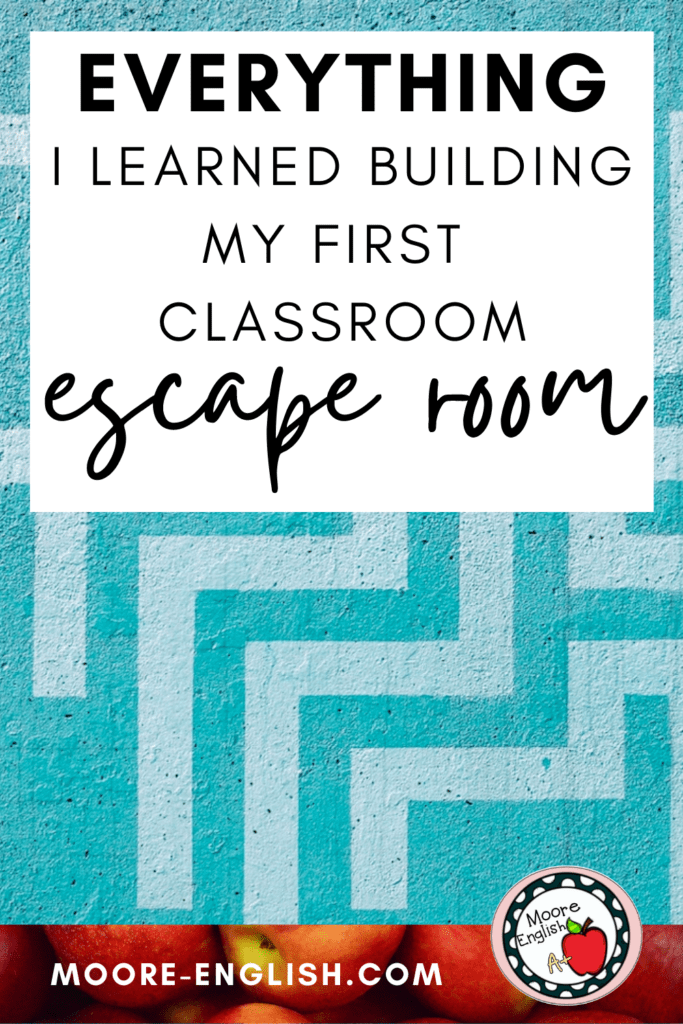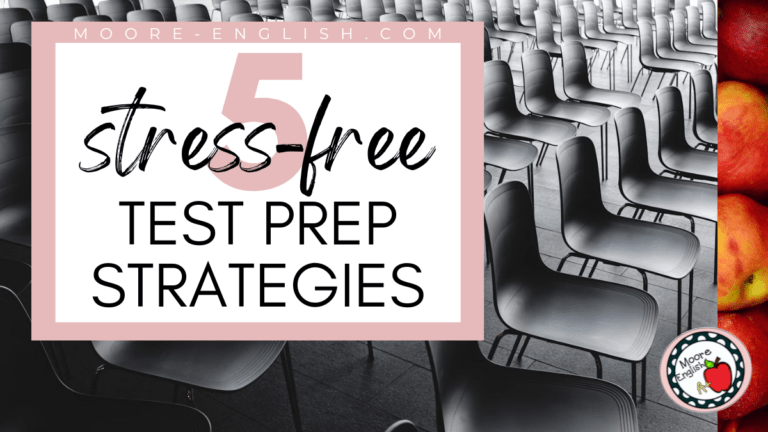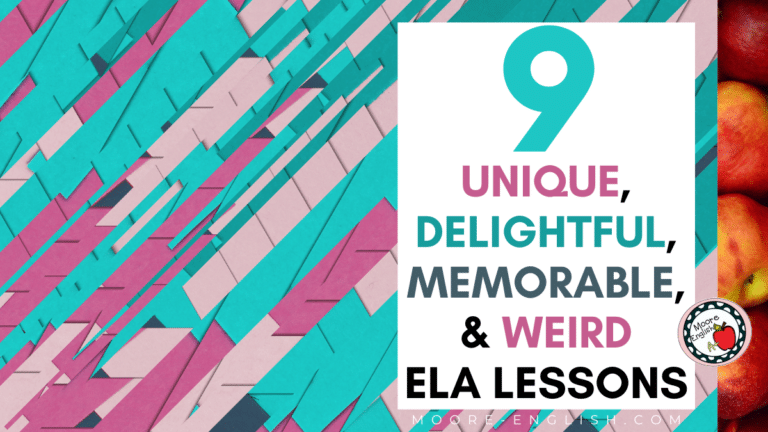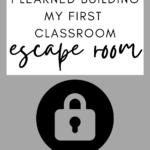A few months ago, a friend started brainstorming ideas for her birthday party. Honestly, I think we’re at the point in our lives where dinner and dessert before dark is the perfect answer to this question. In fact, the best gift anyone could offer me would be canceling plans. However, this was my friend’s birthday, so I tried to be helpful (or at least quiet).
One of her suggestions was a local escape room. She likes a good “event,” so an escape room is right up her alley. Ultimately, she decided such an outing would be too anxiety-inducing for her birthday, and we ended up doing dinner and a show.
I heaved a sigh of relief, but the idea of an escape room stayed with me. Sure, I’d seen other teachers on social media sharing escape rooms, but I’d never seen one in person.
Toward the end of March, my juniors took the ACT, and I saw an opportunity to try my hand at creating an escape room. Overall, the process was fun for the students, took some of the stress out of their upcoming test, and taught me some great lessons about gamification.
Here are the secrets I learned from creating my first escape room.
This post this post may contain affiliate links. Please read the Terms of Use.
Lesson 1: Keep It Simple
When I first started browsing for escape room ideas, I was overwhelmed by the number of options. You can add cryptograms, secret codes, digital elements, puzzles, and everything in between.
At first, the options were dizzying. A few times I threw my hands up in the air and set everything aside.
Eventually, I found success by remembering the basics of any good lesson plan.
- First, I refocused on my end goal: helping students prepare for the ACT.
- Then, I chose a number of “stages” or steps to solving the escape room. Based on my class period, I chose 4 stages.
- Next, I picked a “gag” for each stage, but the choices I made were already in my bag of tricks. I did not reinvent the wheel. More on that below.
- Finally, I did a dry run to work out all the bugs.
Lesson 2: Work Smarter, Not Harder
At each stage of the escape room, I chose a “gag.” Stage one included a simple cryptogram. Stages 2-3 included multiple choice questions, and the answers led to the next step. Finally, Stage 4 included a hidden envelope and a word search.
More importantly, the different “gags” were based on items I already had in my classroom. For example, the questions in Stage 2 came from my favorite task cards. Similarly, the questions in Stage 3 came from the vocabulary and grammar games fun bundle. As I chose which cards and games to include, I focused on the end goal of preparing students for the ACT.
In the same vein, the different challenges in each section can be pretty simple. For example, I used locks our department already had. Then, I relied on hiding different stages in lockers, inside of textbooks, and trapped in a web of yarn. Our department already owned all of these items, so none of these resources cost anything.
Lesson 3: Keep the Escape Room Mobile
Prior to building this escape room, I had not considered making the escape room mobile. While the escape room started in our classroom, Stage 2 led students to lockers in the hallway. Stage 3 led students to visit other teachers’ classrooms during their plan times. And Stage 4 led students to a collaborative space.
Incorporating movement added another fun element to the escape room without adding any cost. Plus, each of the locations provided students with another challenge. In the lockers, students had to untangle a web of yarn before they could get to the task cards. In another stage, students had to search the collaborative space in order to find the word scramble.
Escape Room Essentials
Check out these tools to use when building your own!
- 7 Literary Analysis Stations
- ELA Task Cards (try them for free here)
- Grammar and Vocabulary Fun Bundle













